Market Analysis
In-depth Analysis of Refractory Material Market Industry Landscape
The market dynamics of the refractory material market are undergoing significant changes influenced by various factors impacting industries such as steel, cement, glass, and petrochemicals. Refractory materials, designed to withstand high temperatures and harsh operating conditions, play a crucial role in various industrial processes. The market dynamics are characterized by factors such as steel production trends, technological advancements, environmental regulations, and the evolving needs of end-user industries.
Steel production trends are key drivers shaping the dynamic nature of the refractory material market. As one of the largest consumers of refractories, the steel industry heavily influences market dynamics. The demand for refractory materials is closely linked to steel production levels, with increased steel manufacturing activities driving higher consumption of refractories. Economic conditions, infrastructure development, and global construction projects all contribute to the demand for steel, influencing the market dynamics of refractory materials.
Technological advancements significantly impact the market dynamics of refractory materials. Ongoing research and development efforts focus on creating innovative refractory formulations, enhancing material properties, and extending the lifespan of refractory linings. Advanced manufacturing processes, such as precision casting and advanced mixing technologies, contribute to the production of high-performance refractories. These technological advancements not only improve the efficiency and durability of refractory materials but also influence market dynamics by setting new standards for quality and performance across various industries.
Environmental regulations play a pivotal role in shaping the market dynamics of refractory materials. As industries face increasing pressure to reduce emissions and adopt cleaner technologies, the refractory material market responds by developing eco-friendly and sustainable solutions. The transition towards refractories with lower environmental impact, including reduced use of raw materials and energy-efficient manufacturing processes, aligns with global sustainability goals. The adherence to environmental standards influences market dynamics by driving the adoption of refractory materials that offer both performance and environmental responsibility.
The evolving needs of end-user industries, including cement, glass, and petrochemicals, contribute significantly to the dynamic landscape of the refractory material market. Each industry has unique requirements for refractories based on factors such as temperature resistance, chemical stability, and mechanical strength. The diverse applications of refractories across these industries directly impact the consumption patterns, influencing the overall market dynamics. For example, the growth in infrastructure projects may boost the demand for refractories in the cement industry, while advancements in glass manufacturing may drive innovation in refractory materials for glass furnaces.
Competition within the market fosters innovation and efficiency in refractory material production. Companies are continually striving to differentiate themselves by offering high-quality products, exploring new formulations, and optimizing manufacturing processes. Collaborations between refractory material producers, research institutions, and end-users contribute to ongoing research and development, driving innovation and influencing the competitive landscape of the market.
Socio-economic factors, including industrial growth, infrastructure development, and technological advancements, contribute to the market dynamics of refractory materials. As industries expand, technological innovations create new applications, and infrastructure projects increase, the demand for reliable refractory solutions rises. Economic trends and global industrial activities play a crucial role in shaping the consumption patterns of refractory materials, making them an essential component in the development and growth of various industries.

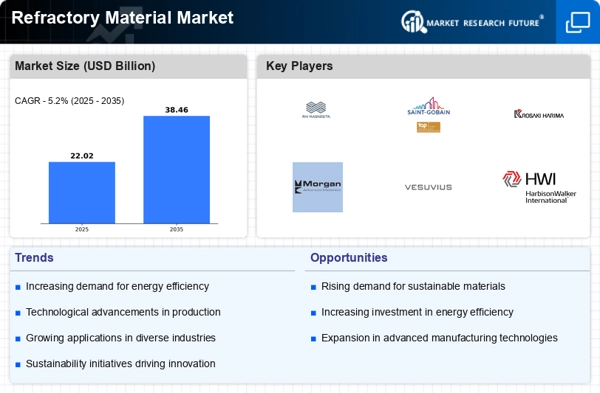
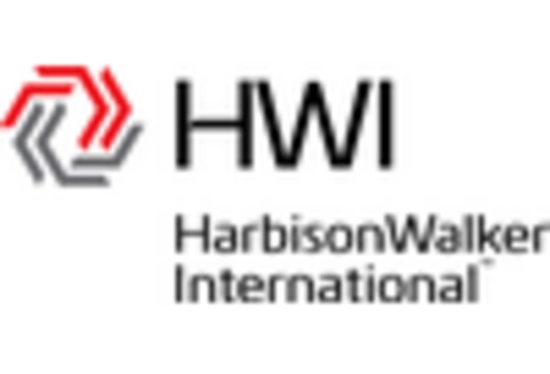
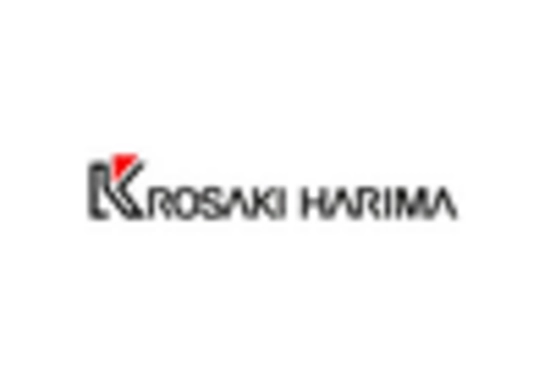
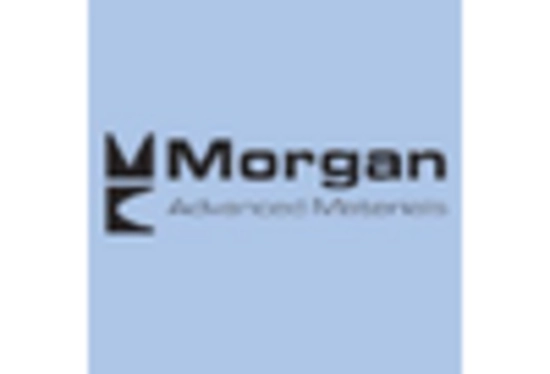
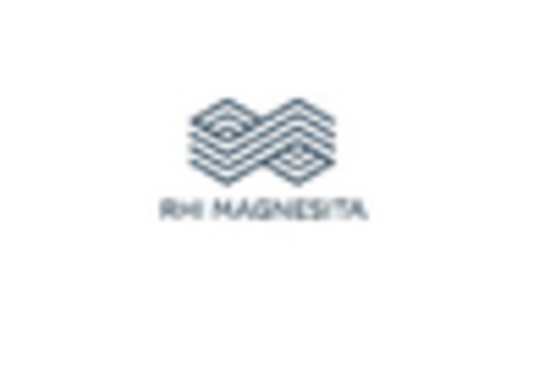
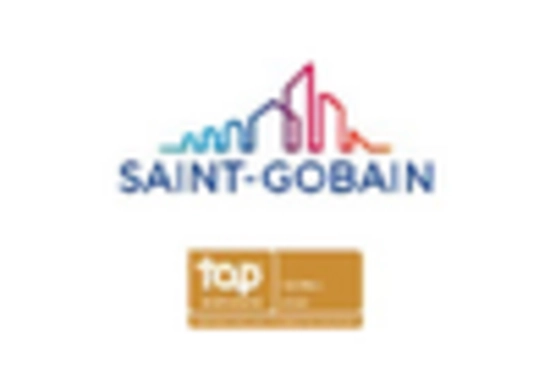
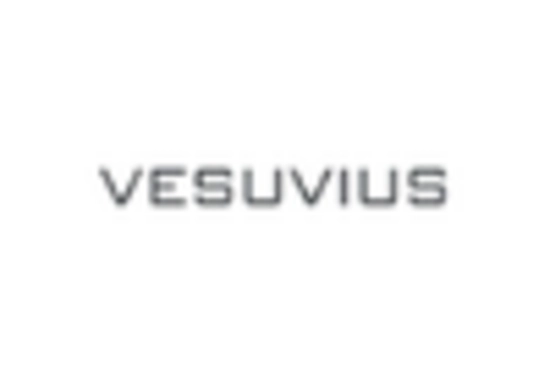

Leave a Comment